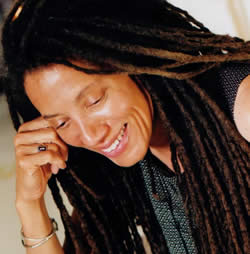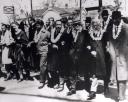
If you are at all fascinated by our forefathers’ ignorance and cruelty or are about to teach lessons on Arthur Miller’s The Crucible – or more recent American history – check out Margaret Odrowaz-Sypniewski’s astonishing sites.
Below are a few snippets that might want to make you visit. The two that leap out for me are;
1 Canon law stated that after the death of a witch, that the accuser and judge might divide his/her property between them.
2 Witchcraft in Massachusetts singled out:
* spinsters [unmarried beyond the usual age of marriage]
* barren women
* the ugly
* the extremely successful
* the independent
* the reclusive
* the litigious [prone to lawsuits]
* the willful.
So would that include ‘fat cats’, lawyers and talentless air-head celebrities (just joking! RP)
Some more extracts
Puritans landed in Massachusetts in December in 1620, during the reign of James I of England, while they were trying to reach the Virginia Colony. A storm at sea directed them north.
Since many people could not afford the price of passage to the American colonies, they indentured themselves to the ship’s captain or another colonist. It usually took five to seven years to pay the money used for passage to the New World. After this time was up, their masters were required to provide their indentured servants with farm tools, seed to grow their own crops, and other essentials they needed to make it on their own.
By 1630 the population of Massachusetts was around 2,000 people. It was then that Governor John Winthrop would begin his first term of office. The Massachusetts Bay Colony would not have a royal standing until May 12, 1686. Most women had as many as twenty-five (25) pregnancies in their life. Families generally consisted of twenty-five people including grandparents, parents, children and their wives. The average life expectancy was forty-five years of age. There were many that lived into their nineties, while children were at the greatest risk during the first years of their lives. Pregnant women were at high risk of dying in childbirth. Most women had to work before and after the birth of their children because the early colonial times were hard and everyone had to work long and difficult hours to survive.
Dying was a regular part of life. Mortality rates were as high as 75% in the early years. Most Puritans were Calvinists. Presbyterians were the model for English Calvinists.
———————————-
The Witches of Salem were hanged. This was less painful than the burning of witches in Europe. They thought the burning of a witch was the only way to release the evil, since the Devil would be forced to exit the melting body through the smoke.
Witchcraft in Massachusetts singled out:
* spinsters [unmarried beyond the usual age of marriage]
* barren women
* the ugly
* the extremely successful
* the independent
* the reclusive
* the litigious [prone to lawsuits]
* the willful.
In New England, no one that confessed was put to death. Those who denied the accusations and fought to clear their names were hanged. The first victim of witchcraft, in New England, was Margaret Jones of Charlestown, Massashusetts. Margaret was hanged, in 1648, for giving herbal cures. Margaret was a physician and some thought she had the “malignant touch” after some of her patients started vomiting or suffered violent seizures. Prison guards testified that they saw a small child run out of the witch’s cell into another room, and then vanished. This was enough to prove that she was under the influence of evil. Anne Hibbons, the sister of the Deputy Governor Bellingham of Massachusetts was hanged, in the words of John Norton for “having more wit that her neighbors” (Buckland, 402-411). Anne’s husband died in 1654. He was a Boston merchant, a Colonial Agent, and an assistant Agent. She was “quarrelsome,” and had “supernatural” knowledge. She was accused in 1655, and was executed in 1656.
———————————
The year 2002 marked the 310th anniversary of the witchcraft hysteria in Salem, Massachusetts. In October of 2004, Stanley Usovicz, mayor of Salem, MA. said that he is considering pardoning those persecuted during the seaport town’s infamous 17th century witch trials” (Judith Kane, 19). He said the the 315th anniversary, in 2007, would be a good time to put pardons into effect.
Eighty-one Scottish witches were pardoned, in 2004, in Prestonpans. Most witches were convicted on the basis of spectral evidence [ghosts, apparitions, and other objects of dread) or evil spirits or voices were heard. The Prestonpans, a seaside resort in Scotland, east of Edinburgh, pardoned all “witches” were convicted, including the cats that were burned along with their owners.
——————————–
SEE on page http://www.angelfire.com/mi4/polcrt/WitchHistory.html
Canon law stated that after the death of a witch, that the accuser and judge might divide his/her property between them.
Europe had witchcraft trials for 150 years and the death toll ran into the millions:
Malleus Meleficarum [The Hammer of Witches) was written in 1486 by two German Dominican Inquisitors named Jakob Sprenger and Heinrich Kramer. Sprender and Kramer concocted strategies for the use of torture and lies. They planned to torture and then offer freedom to those that would help in the discovery and conviction of other witches. They searched for a “Witches’ Mark” on the body of their suspects. A birthmark, wart, or mole might be seen as a “Witches’ Mark.” After the first witch betrayed other “witches,” they were killed. The thought being that they cunningly turned on thier own kind, simply to save themselves, thus were wicked and deceptive.
———————————-
http://www.angelfire.com/mi4/polcrt/SalemTrials.html
SEE also
http://www.angelfire.com/mi4/polcrt/index.html
These sites are just a fragment of the astonishing array created by Margaret Odrowaz-Sypniewski and her husband.


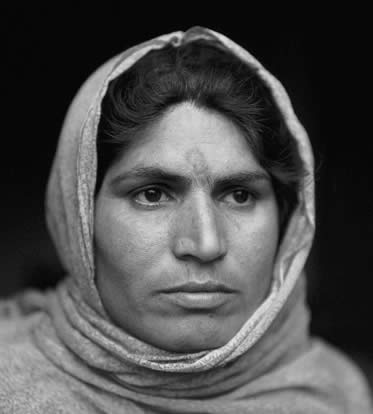



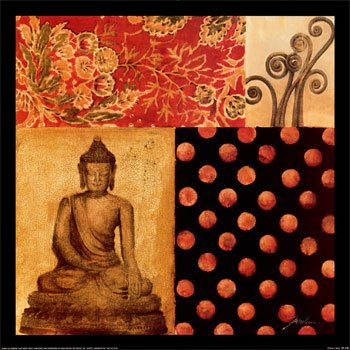

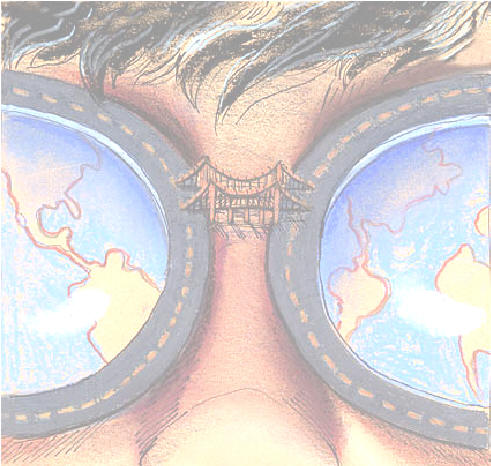 Source
Source